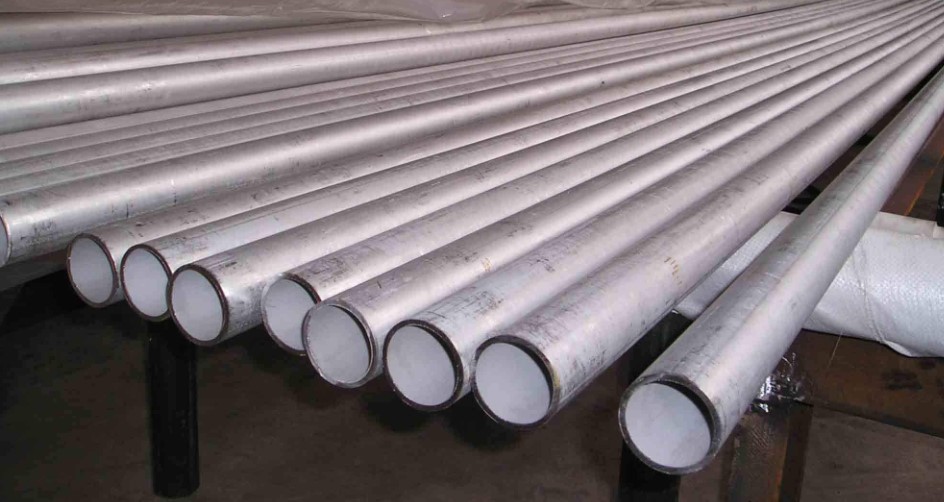
Schedule 10 stainless steel pipe is a common choice in various industries due to its unique properties and versatile applications. In this article, we will explore the key characteristics and applications of Schedule 10 stainless steel pipe.
What is Schedule 10 Stainless Steel Pipe?
Schedule 10 refers to the wall thickness of stainless steel pipes. The Schedule number is a dimensionless designator, and in this case, Schedule 10 indicates a relatively thin wall compared to other pipe schedules. Stainless steel pipes are available in various schedules, with thicker schedules (e.g., Schedule 40) having thicker walls. The thinner walls of Schedule 10 pipes make them suitable for specific applications where the pressure and temperature requirements are relatively low.
Key Characteristics of Schedule 10 Stainless Steel Pipe
-
Corrosion Resistance: Stainless steel is known for its excellent corrosion resistance. Schedule 10 stainless steel pipes are often used in environments where exposure to moisture, chemicals, or corrosive substances is a concern. This corrosion resistance ensures the longevity and durability of the pipes.
-
Hygienic Properties: Schedule 10 stainless steel pipes are commonly used in the food and beverage industry and pharmaceutical applications due to their hygienic properties. Stainless steel is easy to clean and maintain, making it ideal for industries that require strict hygiene standards.
-
Ductility: Stainless steel has excellent ductility, allowing for easy bending and fabrication. This makes Schedule 10 pipes versatile for various applications, including custom designs and complex installations.
Applications of Schedule 10 Stainless Steel Pipe
-
Sanitary Systems: Schedule 10 stainless steel pipes are widely used in the construction of sanitary systems, such as food and beverage processing equipment, pharmaceutical manufacturing, and clean rooms. Their corrosion resistance and hygienic properties are invaluable in these applications.
-
Architectural and Structural Use: Schedule 10 stainless steel pipes are sometimes employed in architectural and structural applications. Their aesthetic appeal, along with corrosion resistance, makes them suitable for decorative railings, handrails, and ornamental structures.
-
Low-Pressure Fluid Transport: These pipes are suitable for conveying low-pressure fluids, such as water supply lines, drainage systems, and HVAC (heating, ventilation, and air conditioning) applications.
In conclusion, Schedule 10 stainless steel pipe is a valuable material due to its corrosion resistance, hygienic properties, and ductility. Its applications span various industries, including those requiring sanitary conditions and structural design.


